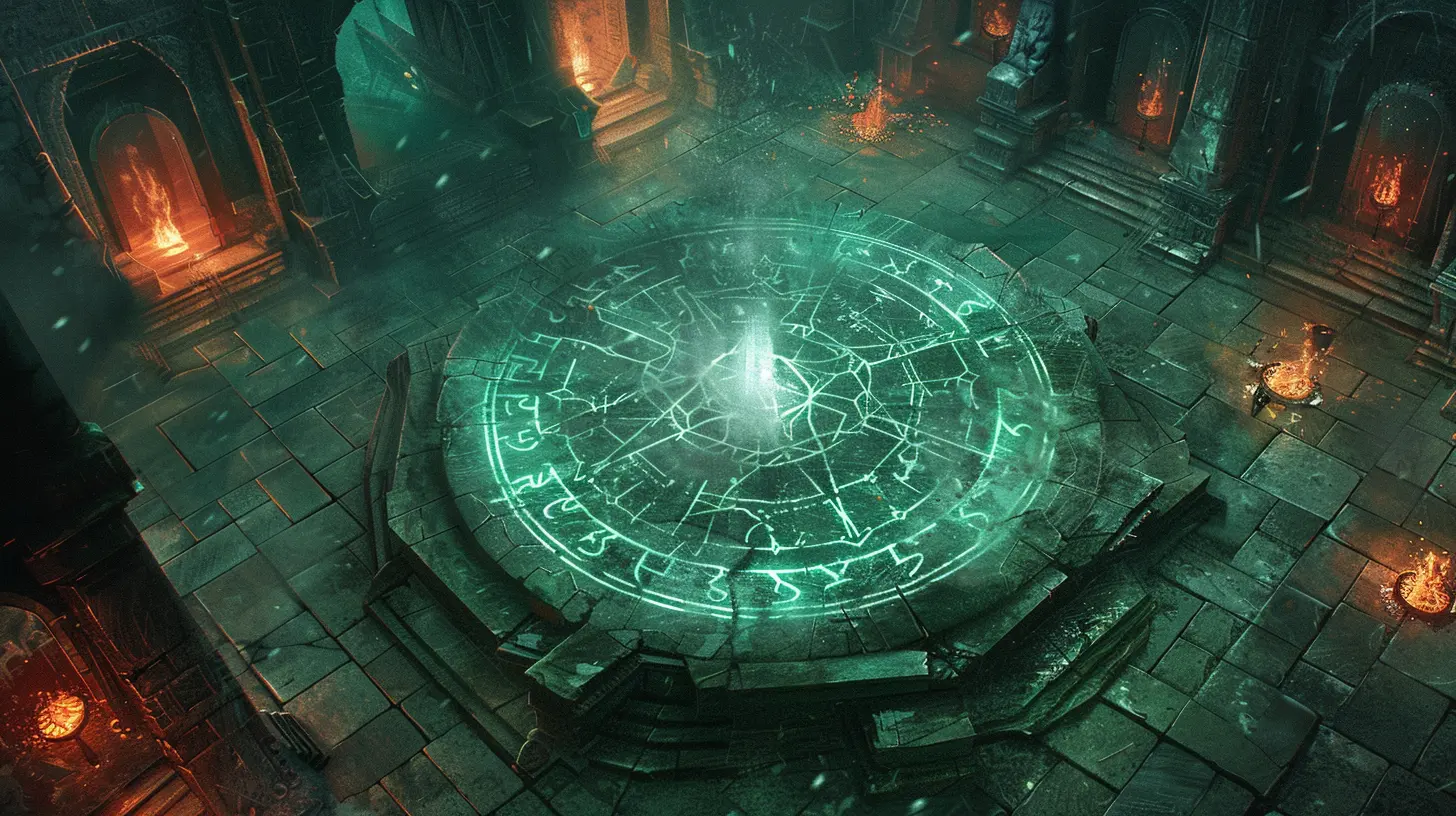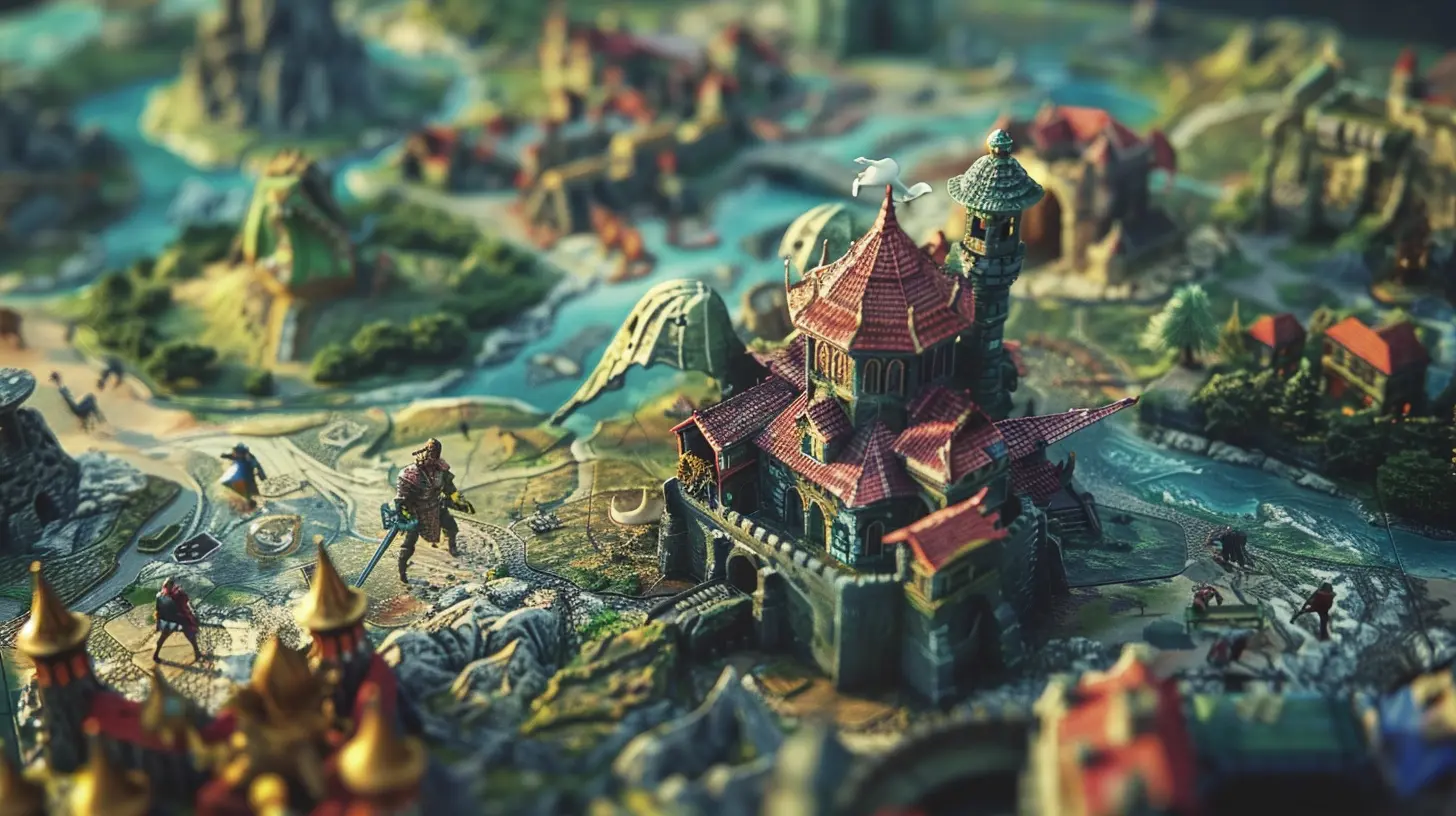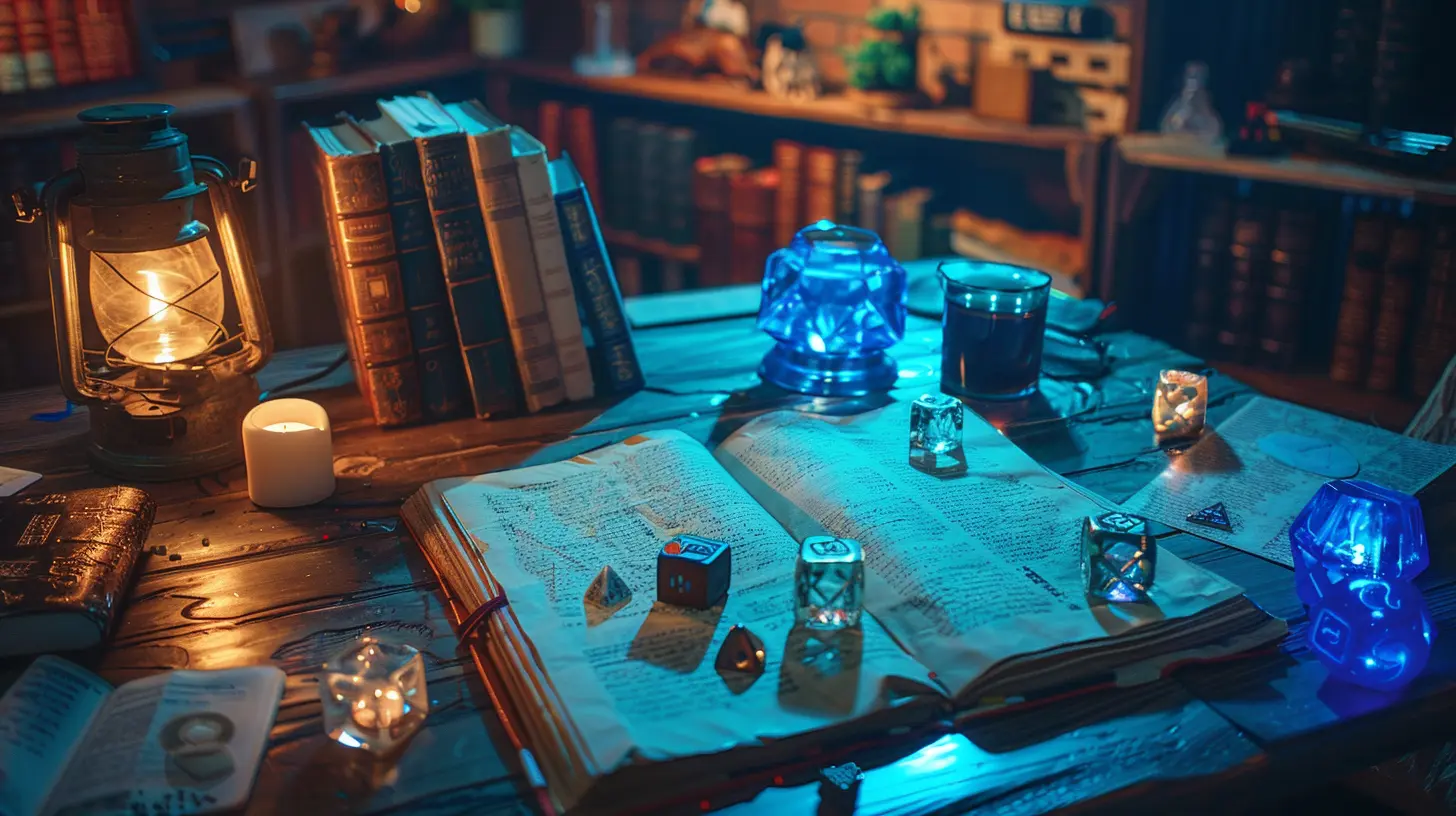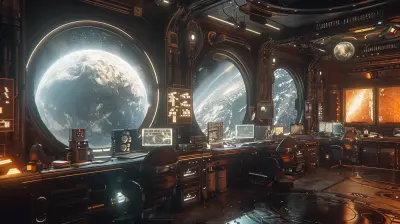Essential Features of a Successful Kickstarter Game Pitch
9 October 2025
So you’ve got a killer game idea, the kind that keeps you up at night with excitement. You’ve sculpted the mechanics, built some rough assets, and maybe even looped in a couple of friends to test it out. Now, you're staring at one of the biggest hurdles before turning that dream into reality—creating a Kickstarter campaign that actually works.
The truth is, thousands try to do this, and only a fraction succeed. Why? Because crafting a compelling Kickstarter pitch for a game isn’t just about showing off your project—it's about connecting with people on a human level. It's storytelling. It's sales. It's strategy. All rolled into one.
Let’s dive into the essential features of a successful Kickstarter game pitch—and by the end of this, you’ll have much more clarity on what it takes to stand out.
1. Passion-Powered Presentation
Let’s start with the heart of it all: passion.When people pledge to a game on Kickstarter, especially one that’s not from a huge studio, they’re not just buying a product—they’re investing in you and your vision. Your enthusiasm needs to leap off the page (or screen). If you’re not excited about the game, why should anyone else be?
Use a conversational tone in your pitch. Tell them why you HAD to make this game. What inspired it? What’s your personal connection to the genre or story? Human connection builds trust—and trust translates into backers.
Pro tip: Include a short video of yourself (yes, your actual face!) talking about the project. It makes a huge difference when people can see the passion behind the pitch.
2. A Killer Video Pitch
Think of your Kickstarter video as the movie trailer for your game. It’s often the first (and sometimes only) thing people check out before deciding to scroll on—or back your project.Here’s what you need to nail:
- Quick hook (first 10 seconds): Intrigue them right away. Ask a compelling question or tease a major feature.
- Gameplay footage: Show the game in action. Even if it's in early stages, some real footage is better than mockups alone.
- Creator talk: Be genuine. Share your goal, your journey, and your “why.”
- Call-to-action: Encourage people to back and share. Simple, right?
Keep the video between 2-3 minutes. Nobody’s got time for a Netflix-length teaser.
3. Clear, Concise Project Description
Now that you’ve got their attention, it’s time to explain what your game actually is. This part needs to be super clear. No jargon. No 10-paragraph lore dumps.Break down your description into bite-sized bits:
- What is the game? Genre, main theme, and unique mechanics.
- Who is it for? Hardcore fans? Casual players? Strategy nerds?
- Why is it different? This is your “wow” factor. What sets your game apart from the sea of others?
If you can’t summarize your game in one or two sentences, you might want to refine your concept before launching.
4. Visuals That WOW
Let’s be honest—if your project page looks like a wall of text, people will bounce faster than a rogue mage in PvP.You need visuals. Lots of them. And not just any visuals—eye-catching, polished, and thematic.
What to include:
- Game art: Characters, environments, UI mockups—people want to see the aesthetic.
- In-game screenshots: Even if it’s pre-alpha footage, give a taste of the gameplay.
- Infographics: Break down gameplay mechanics, timelines, or reward tiers in a visual way.
Think of your page like a magazine—clean, colorful, and easy to skim.
5. Transparent Funding Breakdown
Don’t be that creator who says “We just need $25,000!” and leaves it at that.Backers want to know exactly where their money is going. Break down the budget, even if it's high-level:
- Art & Assets – 30%
- Development – 40%
- Marketing – 10%
- Shipping & Rewards – 15%
- Kickstarter Fees – 5%
This level of transparency builds trust and minimizes red flags. If people think you haven’t thought this through… they won’t back it. Simple as that.
6. Realistic Timeline & Development Plan
Dream big, but plan realistically.A vague “Game will be delivered sometime next year” won't cut it. People want to know you're grounded in reality. Break your timeline into clear stages:
- Pre-production
- Alpha testing
- Beta launch
- Final polish
- Delivery & fulfillment
Also, don't be afraid to add buffer time. It’s way better to overdeliver than to miss deadlines and frustrate your backers.
7. Reward Tiers That Make Sense
Ah, one of the most exciting parts: backer rewards. Done right, these can supercharge your campaign. Done wrong, they can create a logistical nightmare.Here’s what matters:
- Entry Tier (~$10-$15): Digital High-Five, name in credits, or desktop wallpaper. Give low-budget fans a chance to support you.
- Mid Tier (~$25-$50): Digital copy of the game, beta access, special skins, or in-game items.
- High Tier ($100+): Physical merch, exclusive artbooks, signed items, or even NPC naming rights.
Make sure each tier has perceived value. And for the love of mana, don’t overpromise physical rewards unless you’ve done your homework on costs and shipping.
8. Built-In Community Engagement
Want to turn casual browsers into loyal backers? Get them involved.- Run polls for design choices.
- Offer stretch goals that reflect backer input.
- Share behind-the-scenes updates.
Involve your community early—and keep them in the loop throughout development. When people feel like they’re part of the journey, they’re way more likely to stick around.
Also, respond to comments. Be present. Be human. You’re not a faceless brand here—you’re the creator.
9. Social Proof & Credibility
If it’s your first game, this one’s especially important.Backers often ask: “Can this team actually pull this off?”
Give them reasons to believe in you:
- List past projects (even if small)
- Link to press mentions or previews
- Include testimonials or quotes from developers who’ve tried your prototype
- If you’ve shown your game at events, mention it!
Confidence builds confidence. Don’t be afraid to toot your own horn—as long as you can back it up.
10. Create Urgency Without Panic
Nobody likes FOMO—but it works.Use strategies like:
- Early bird tiers: Discounts for first 100 backers
- Limited exclusive items: Only available during the campaign
- Stretch goals revealed as you reach milestones
The trick is to create gentle urgency—not pressure. You’re inviting people to be part of something exciting, not scaring them into pledging.
11. Update, Update, Update
Once your campaign is live, the work is far from over.Make regular updates (at least once or twice a week). Even if it’s minor progress, show that you're moving forward. Updates do two things:
1. They keep current backers invested.
2. They show potential backers that the project is alive and kicking.
Also, celebrate milestones. Hit 50% of your goal? Let people know! Crushed your first stretch goal? Time to party (and post about it)!
12. Plan Your Pre-Launch
This right here? Probably the most overlooked part of a Kickstarter pitch.You can't just hit “Launch” and hope the backers come flooding in.
You need a warm-up period before launch. Here’s what to focus on:
- Build a mailing list of interested fans.
- Tease the project on social media.
- Get listed on Prelaunch platforms like Kickstarter's "Coming Soon."
- Reach out to influencers, YouTubers, and streamers in your genre ahead of time for coverage.
When your campaign launches, you want that first 48 hours to explode. Why? Because early momentum boosts your chances of being featured, going viral, and hitting your goal before hitting stress-mode.
13. Crafting a Strong Call To Action (CTA)
This is your “closer.”Every part of your page, your video, your socials—it should end with a direct and inviting CTA. Tell people what you want them to do, and why.
Examples:
- “Join us on our journey!”
- “Back today and help bring [Game Name] to life!”
- “Support passionate indie devs—pledge now!”
Don’t just assume people will figure it out. Guide them. Gently, but clearly.
Final Thoughts
Putting together a successful Kickstarter game pitch isn’t easy—but it’s absolutely doable. Think of your campaign as your game’s origin story—the first chapter that your community gets to be part of.Be real. Be clear. Be passionate. Sprinkle in some great design, a killer video, and smart strategy—and you’ve got yourself a recipe for Kickstarter success.
Now go out there and make that dream game a reality.
all images in this post were generated using AI tools
Category:
Kickstarter GamesAuthor:

Greyson McVeigh
Discussion
rate this article
1 comments
Finn McElveen
This article effectively highlights the critical elements of a compelling Kickstarter game pitch, emphasizing the importance of clear communication, engaging visuals, and a strong community connection to foster trust and excitement.
October 25, 2025 at 4:44 PM

Greyson McVeigh
Thank you! I'm glad you found the article helpful in highlighting the key elements for a successful Kickstarter game pitch. Your feedback is greatly appreciated!


